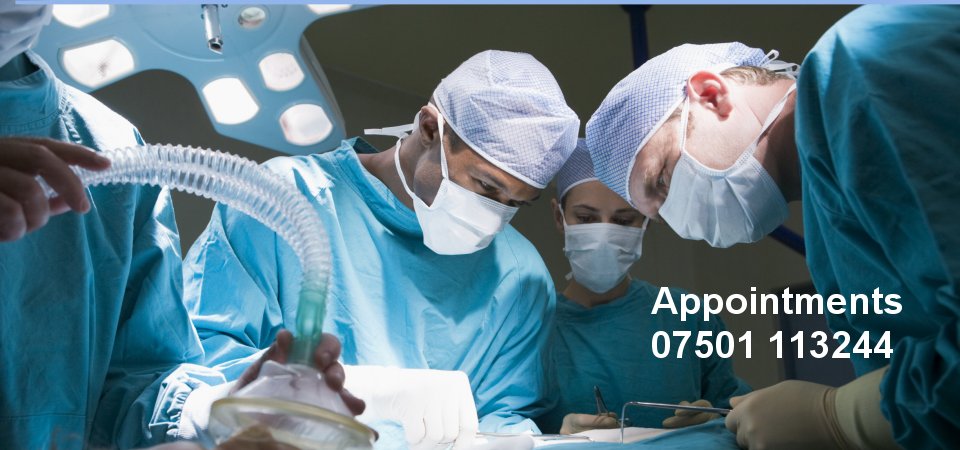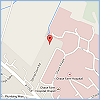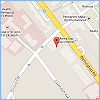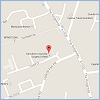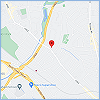What is an incisional or umbilical hernia?
An incisional hernia is an outpouching of the internal lining of the abdominal wall occurring within a weakness in a previous scar (incision), and umbilical hernia at a weakness at the navel (belly button or umbilicus). Sometimes bowel will prolapse into the hernia causing pain, and very occasionally become ‘stuck’ causing bowel obstruction.
What is the treatment?
Surgery is the only definitive treatment, although occasionally a corset (an occlusive girdle covering the hernial defect) can be used temporarily to control hernias or if you are not fit enough for anaesthetic. The best type of surgical repair with the lowest rate of recurrence involves securing a ‘nylon mesh’ to bridge the defect.
There are two main surgical approaches:
- open mesh repair – via a cut overlying the hernia a mesh is inserted
- laparoscopic mesh repair – ‘keyhole surgery’ where a telescope is inserted through small incisions into the abdomen, the hernia repaired and the mesh inserted ‘from within’
Which surgical treatment is best?
All mesh repairs have recurrences, but laparoscopic rates of recurrence are less at 2-3% versus about 10% for open mesh repairs. The major disadvantages of open repairs are the longer period of recovery (5-6 weeks versus 2-4 weeks laparoscopically), and higher risk of mesh infections (which normally means the mesh will require removal). Because laparoscopic hernia repairs are performed with ‘telescopes’ through the abdomen,the main disadvantages are of damage to bowel or blood vessels in the abdomen particularly since there may be adhesions following the initial operation for an incisional hernia, and whilst these complications are rare they are more serious. Also with laparoscopic repairs because the mesh is fixed ‘inside’ the abdominal cavity, there is the potential for bowel to get stuck to the mesh though the long-term effects of this are unknown, and nowadays these meshes are ‘coated’ to reduce this problem. However, the main problem with the laparoscopic and open approach is pain post-operatively because the mesh is stapled or stitched to the abdominal wall muscles to hold it in place, and it is therefore uncomfortable every time you move these muscles for about 2-3 weeks, and note that keyhole approach is not ‘magic’, there will still be some pain and discomfort post-operatively.
What happens next?
Once we have agreed which type of mesh repair would suit you best, then a date will be set for your surgery. Usually, you will be ‘pre-admitted’ in the week before surgery where blood tests and perhaps a heart recording will be taken. You will be admitted a few hours before the approximate planned time of surgery having had nothing to eat for six hours before the start time (you may drink clear fluids with any medications up to 3 hours before surgery). After your surgery you will wake up in the recovery room, and then be transferred back to your hospital room. Later the same day you may have something to eat and drink if you wish. Most people who have an incisional hernia repair can be discharged home the following day or occasionally the next day depending upon pain. It is usually a good idea to get some paracetamol and ibuprofen (as long as you can take these) in the house in preparation for your return, and you make require some stronger prescribed painkillers. Additionally, it is wise to buy some Fybogel and lactulose to avoid any constipation and straining.
Sometimes immediately after the surgery you might notice a small lump in the groin rather similar to the original hernia. Don’t worry, the operation hasn’t gone wrong, this is just a fluid reaction to the mesh and surgery (a haematoma or seroma), and this will subside in a few months.
How long will I be ‘out of action’?
You can expect to have some discomfort for up to 3-6 weeks after surgery, but it will gradually subside. With both types of surgery there will inevitably be minor twinges thereafter for many months as the tissues around the mesh reorganize themselves. You will be advised to take gentle exercise but no heavy lifting or strenuous work for 6 weeks by which time you will have been seen for a follow-up appointment in the outpatients department and will be advised at that time. You will probably be off work for 3-4 weeks with both the laparoscopic and open method. You may drive a car when you are able to perform an emergency stop and turn around fully when seated to look behind you, but for most people this will be 10 days to 3 weeks, and not before one week nor if you continue to require painkillers.
If post operatively you experience any problems please contact my office on 07501 113244 during office hours. Out of office hours please contact either the Wellington Hospital on 0207 483 5148 The Kings Oak Hospital on 0208 370 9500 or The Cavell Hospital on 0208 366 2122 and ask to be put through to the ward
